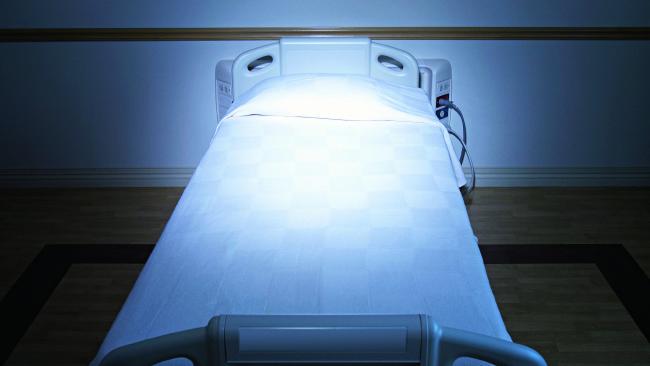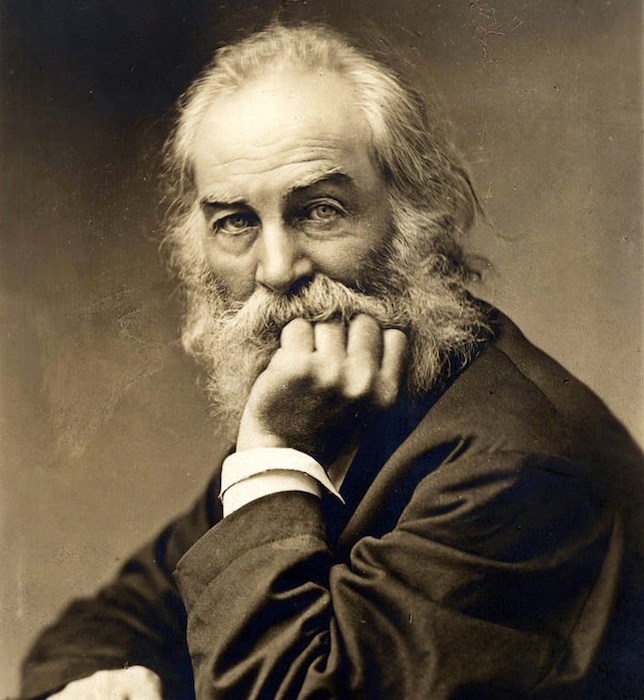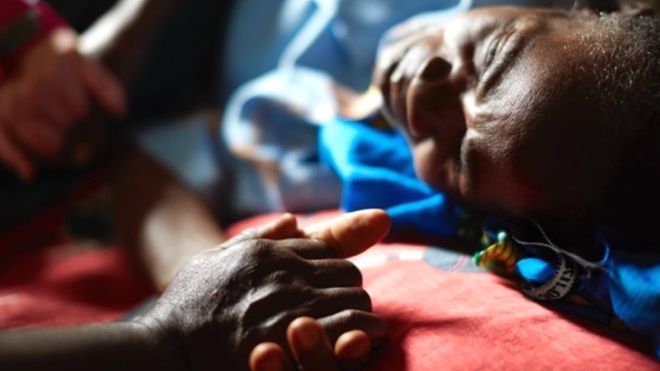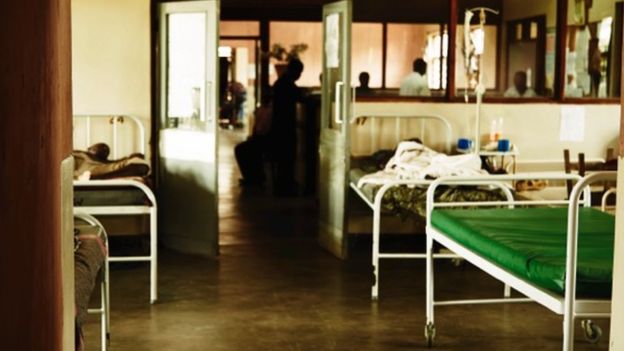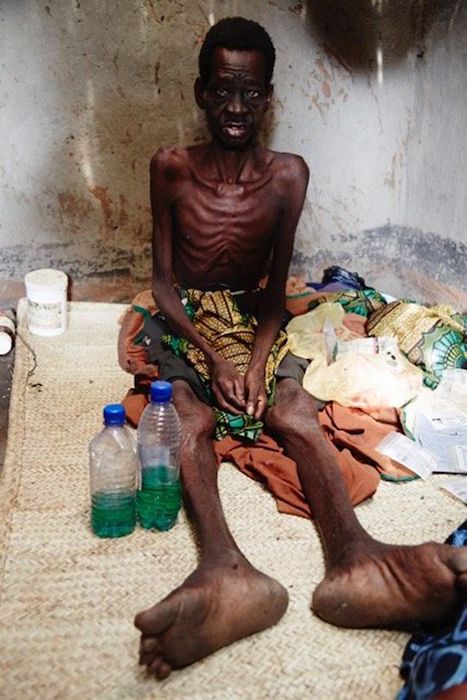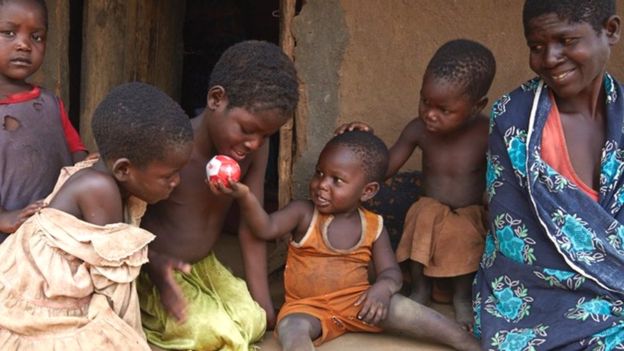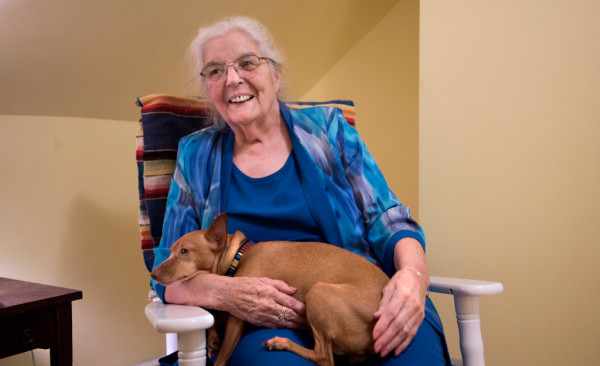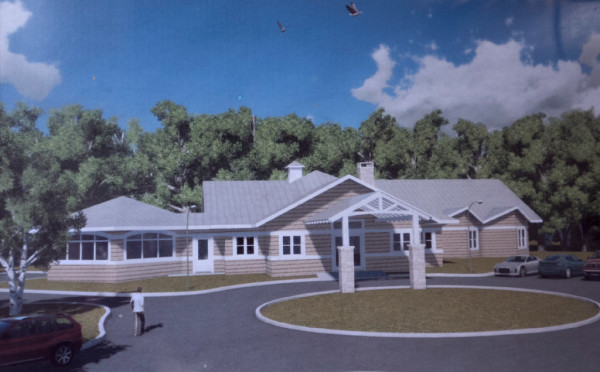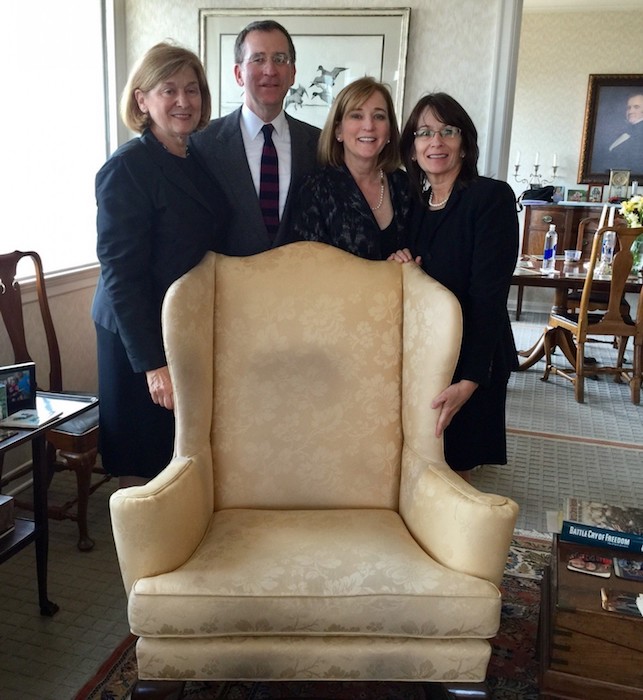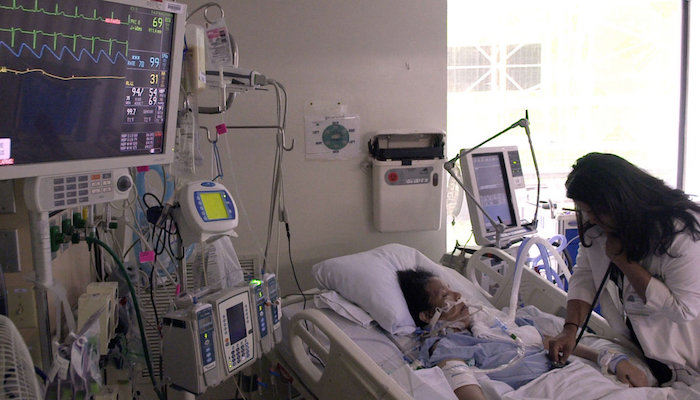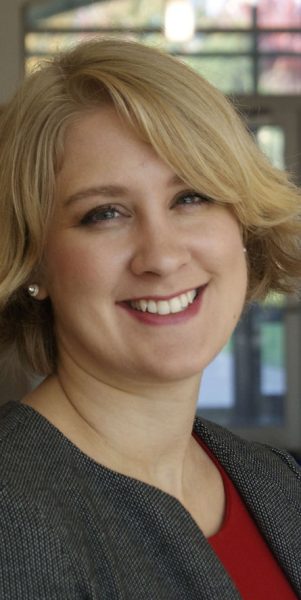Yong Nie had no papers, no contact with family – and one last wish.
By Kate Legge
[F]or 20 years Yong Nie dodged Australian authorities by lying low, staying out of trouble, earning cash in hand through odd jobs, sleeping rough and keeping to himself. But when he developed an aggressive cancer, the game was up. Gaunt, jaundiced, his once dark hair streaked grey, the 68-year-old illegal immigrant turned up at the emergency department of Sydney’s St Vincent’s Hospital doubled in pain and fearing deportation. But instead of being thrown out, locked up and shipped off, he was welcomed by palliative care staff who took him in as one of our own.
The good death at the heart of this story confirms the generosity of ordinary people performing exceptional acts of compassion without triumphalism or reward because this is what they do every day. Few of those who crossed Nie’s path during the two months he spent at the inner-city hospital founded by the Sisters of Charity will forget him. They couldn’t cure his disease-ridden body but they worked tirelessly to heal a terrible burden in his soul. Those drawn to fulfil his dying wish came from different faiths and countries. There were doctors, nurses and social workers employed in this Catholic health service; monks and volunteers from the Nan Tien Buddhist temple near Wollongong; a Chinese community cancer support agency and Australian Embassy officials in Beijing. Racing against death’s advance, they embraced this fringe dweller who had fallen foul of officialdom with gracious gestures that celebrate the humanity of frontline carers while reminding us how lucky we are to live in a country where goodness thrives.
Yong Nie had not spoken to his wife or daughter since leaving the sprawling Chinese port city of Tianjin two decades ago bound for Australia, possibly on a business visa. It was a mission that went awry, humiliation eventually driving him to a flimsy existence with no fixed address, floating on the margins of a society he failed to join. The longer he hid from his family in silence, the harder it was to bridge the distance. He had no Medicare card, no identifying papers, no tax file number, no information about next of kin, and savings of $72.46 when he was admitted to palliative care in May. “There was nowhere else for him to go,” says Professor Richard Chye, director of the Sacred Heart palliative care unit at St Vincent’s. “We could not put him on the street. His cancer had spread to his liver; it was too late for treatment.”
Amid grim accounting of refugees around the world as well as those in offshore detention centres closer to our shores, here is an oasis where generosity of spirit is blind to colour, creed and citizenship. It doesn’t matter where you’ve come from, since everyone in these wards is contemplating death and energies are focused on journeying comfortably and peacefully to this end. “From a healthcare perspective we were not obliged to report him as an illegal immigrant,” Chye insists. “We provide spiritual care and support and if we reported him to the authorities he would have a lot more emotional angst and worry.”
With only a smattering of English, the patient spent the first week alone, sick and scared as social workers and nurses tried to gently tease out details that would help them look after him. “His biggest fear was that he would be kicked out of hospital,” says Michelle Feng, a Chinese-born nurse who speaks Mandarin. “But I reassured him that was not going to happen.” As luck would have it, her husband emigrated 16 years ago from Nie’s home city, southeast of Beijing. Concerned mainly with alleviating his physical duress, she did not pry. “He told me he’d lost contact with his family, that he had not spoken to them since he came to this country. I was curious,” Feng concedes.
“How can you have a father or husband and no contact? Maybe he was afraid to contact them,” she wonders before dismissing these niggling thoughts. “For me, a patient is a person. They all have their own needs and we have to adapt to them. He is a person who has been living underground but I didn’t ask the reason. I don’t know why. At the end of life everyone deserves to be treated as a human being. Really, we don’t have a lot of time.”
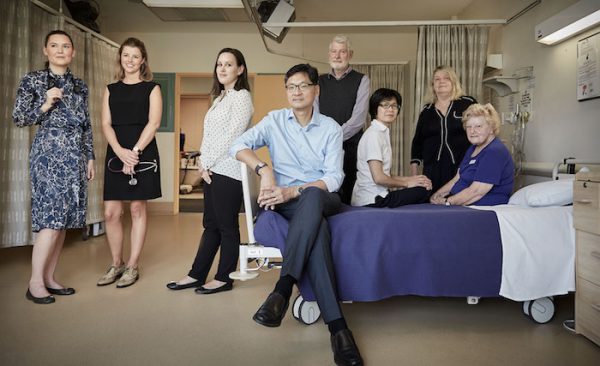
Social worker Trish McKinnon arranged for Mandarin-speaking volunteers from the Chinese community support group CanRevive to visit “Mr Nie” so they might better understand his circumstances and needs. Although he had inhabited a shadowland of sorts, he counted a few as friends. He’d helped a single mother in the Chinese community and for many years he’d served as a volunteer at the Nan Tien Buddhist temple, an hour from Sydney. There he got to know Stanley Wong, who came here from China 24 years ago. They cooked together for temple functions. Wong speaks limited English but tells me “we help each other”. Informed of Nie’s rapid decline, he arranged a roster of hospital visits with another Buddhist so that there would be bedside company for him almost every day.
Dr Kate Roberts, a passionate young member of staff, recalls witnessing the turnaround in the patient’s demeanour as the threads of connection were drawn together. “In the first week he had zero visitors. He was severely jaundiced, hardly speaking, and a little suicidal. He used to say, ‘Send me back to China or send me to a train station and I’ll sit there until I die’. But then people from the Nan Tien temple began to trickle in and he began to smile. He did a 180-degree switch.”
Michelle Feng says the presence of the Buddhists calmed him. “He’d been so worried and anxious and not able to sleep. But from the first time the Buddhists came to pray around his bed he told me, ‘The worry is gone’. ” He began to eat, requesting white rice congee — a simple dish of boiled rice with no seasonings — for every meal. Feng brought him pickles from home to flavour his food. Stanley Wong arrived with nourishing broth. Gradually Nie gained the confidence and courage to express his urgent desire to reconcile with the family he’d left behind.
Before coming to hospital he had approached the Red Cross for help in contacting his wife and daughter but the search had drawn a blank. Wong says Nie was “too scared” to approach any other agency. But the longing to make amends troubled him deeply. “He realised he was coming to the end of his life and his final wish was to contact his family,” says McKinnon. “He was too ill to travel and he had no passport so everyone went out of their way to achieve the goal of a man who was going to die. A reaffirmation of family began and there was this wonderful confluence of palliative care principles and Buddhist acceptance.”
The notion of “existential resolution” is central to the Sacred Heart unit’s philosophy of minimising pain and discomfort in the dance towards death while resolving emotional agitation and distress. “We try to ensure patients are physically and emotionally calm and prepared, ensuring peace at the end of life, so we try to assess appropriate information without being intrusive,” says McKinnon.
Once members of the palliative care team became aware of how much a reconciliation with his family meant to Nie, they enlisted the support of Wong, who had a friend who knew somebody in Tianjin, a vast metropolis with a municipal population of more than 15 million. Feng told Nie the city had grown and developed like topsy since his departure but hopes were pinned on the location of his elder brother, a secondary school physics teacher. Wong’s messenger found him within four hours of posting an alert on a missing person’s site.
This breakthrough led to an exchange of phone numbers for Nie’s wife and daughter, as well as news of a granddaughter, now four years old, and the revelation that Nie’s sister, who is based in Hong Kong, was visiting her son in Melbourne. She tells me through her English-speaking granddaughter that she had no idea of her brother’s whereabouts for the past 20 years: “He disappeared.” Those intent on facilitating a reunion stayed clear of the details that had conspired to keep members of this family apart. Feng set up the Chinese version of Skype so Nie could communicate with his wife and daughter. “It was quite amazing,” she recalls. “His wife and daughter were in tears. Everybody was crying. I didn’t want to intrude.”
A plan took shape for getting them to Australia. Wong shared the view of Sacred Heart staff that reconciliation would not only console the patient but also salve the heartache and bitterness of relatives bewildered by his unexplained absence for two decades. “He left his family. No contact. No money,” Wong says, still perplexed, even though he knows a little of the gambling problems that beset his friend. “He lost money. He couldn’t face them.” Now was not the time for recriminations. “They were very upset, very angry. It was very difficult. I told his daughter, ‘You should come and see your father otherwise you will never see him again’. ”
Wong collected money to help with the reunion. He pleaded with Nie’s wife and daughter to make the trip, convinced they would feel lighter for this rare chance to say goodbye. “I told them this was a time for forgiveness. Now was the time to put everything away, all the unhappy stories to one side so they could feel peace.” As Nie’s health deteriorated, hospital staff wrote to the Immigration Department to hasten visitors’ visas issued by embassy staff in Beijing. “It was absolutely amazing,” McKinnon says of the frantic efforts to expedite their journey before Nie took his last breath. Wife and daughter arrived at the hospital and were accommodated in a room near his. “We were so anxious about it. From my point of view this was unfinished business and I was sure that a reaffirmation of the family connection would help enormously … I walked them along the corridor to the room, explaining his physical state to prepare them. It was quite ethereal. When they walked in, he introduced them to us. He said, ‘This is my wife. This is my daughter.’ It was an absolute statement of connection,” she recalls.
“There were tears. They were quite overwhelmed by the face-to-face intimacy but they were pleased this had happened. There was not a lot of discussion about the intervening years. This was not the time to trawl through the past. Obviously there was grief from the missing years but there was no castigation at all, just a real sense of solidarity at the end of life.” Nie’s wife brought with her a yellow cloth inscribed with Chinese characters and laid it under his head. Wong explains this Buddhist tradition encourages serenity in death. “This releases the body and brings peace and silence before people pass away.”
Nie died the next morning. A senior monk from the Nan Tien temple was called in to lead prayers and chanting in the room where he lay. “It was very beautiful,” Wong says of his friend’s final hours. “I think we should all become Buddhists,” laughs McKinnon. “It was a wonderful outcome in every way.” Nie’s daughter accompanied the body to the temple for cremation and before their return to China they visited Nie’s sister in Melbourne. Another link mended in this long broken chain.
Complete Article HERE!

